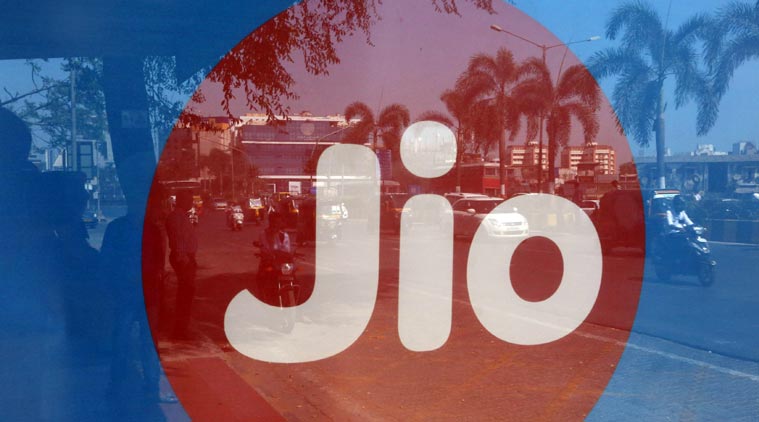In its application to the government, Reliance Foundation’s proposed Jio Institute has projected earnings of Rs 100 crore from tuition and hostel fee to be paid by roughly 1,000 students in its first year of operation.
Jio Institute is the only greenfield institution, just on paper as of now, to get the Institute of Eminence (IoE) status along with IISc, IIT-Delhi, IIT-Bombay, Birla Institute of Science and Technology (BITS) and Manipal Academy of Higher Education. It is expected to admit its first batch of students three years from now.

According to the financial plan accessed by The Indian Express, Jio Institute will waive Rs 38 crore as scholarships in the first year, which, on an average, works out to an income of Rs 6.2 lakh from each student.
Last year, BITS received Rs 467 crore as tuition and other fees from 13,758 students across four campuses in Pilani, Goa, Hyderabad and Dubai. That’s roughly Rs 3.39 lakh from each student. In its application for IoE status submitted to the government, BITS committed to increase its student strength to 18,000 by 2021-22.
The income from student fee for that year is pegged at Rs 890 crore – roughly Rs 4.94 lakh from each pupil.
In its first year, Jio Institute, as per its proposal, will offer the largest number of seats in the discipline of natural sciences (300), followed by engineering and computer science (250), humanities (200), management and entrepreneurship (125), law (90), media and journalism (60), performing arts (50), sports sciences (80) and urban planning and architecture (50).
The operating expenditure for the first year is estimated to be Rs 154 crore, of which Rs 93 crore will be spent on salaries and benefits meant for faculty and staff. The Reliance Foundation has claimed it will hire teachers from the top 500 global universities.
Story continues below this ad
READ | Institute of Eminence (IoE) for Jio Institute: 10 things to consider before criticising move
The student strength in the second year is pegged at 2,000 and the earnings from tuition and hostel fee, correspondingly, increase to Rs 208 crore. Of this, the Reliance Foundation has promised to waive Rs 76 crore for meritorious students. In its 15th year, Jio Institute has proposed it will have 10,000 students. The net revenue (after fee waivers) from students in the fifteenth year is expected to be Rs 1,502 crore.
The institute will come up on 800 acres in Karjat near Navi Mumbai and the Reliance Foundation has committed Rs 9500 crore towards the institution’s funding.
As first reported by The Indian Express on July 14, scientist R A Mashelkar, who was reappointed as “national research professor” in 2016 by the NDA-II government and currently heads the National Innovation Foundation under the Department of Science and Technology, was pitched to the government committee as the Chancellor of Jio Institute and Dipak C Jain, former director of Sasin Graduate Institute of Business Administration in Bangkok, as the Vice-Chancellor.

Story continues below this ad
The Union Cabinet had approved UGC’s ‘Institutions of Eminence Deemed to be Universities Regulations 2017’, in August, 2017. The regulations are aimed at creating an enabling architecture for 10 public and 10 private institutions to emerge as world-class institutions, since the country has little representation in the international ranking of educational institutions.
Only higher education institutions currently placed in the top 500 of global rankings or top 50 of the National Institutional Ranking Framework (NIRF) are eligible to apply for the eminence tag. Private IoEs can also come up as greenfield ventures, provided the sponsoring organisation submits a convincing perspective plan for 15 years.
Once identified, the target for the IoEs would be to break into the top 500 in at least one internationally reputed ranking framework in 10 years and come up in the top 100 over time.
The 10 government institutions, in addition to autonomy, will also get Rs 1,000 crore each from the HRD Ministry. The government will offer no financial assistance to the private institutions.

 In its 15th year, Jio Institute has proposed it will have 10,000 students.
In its 15th year, Jio Institute has proposed it will have 10,000 students.































